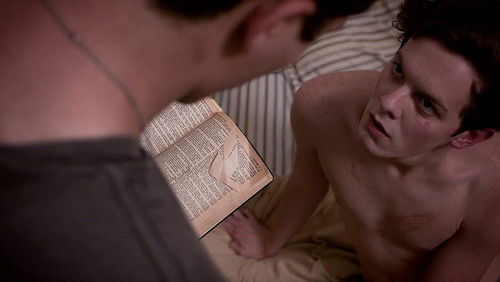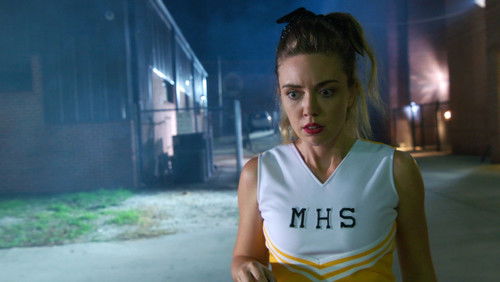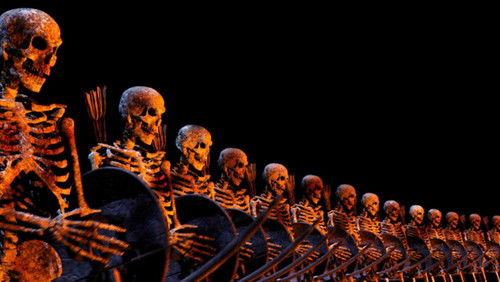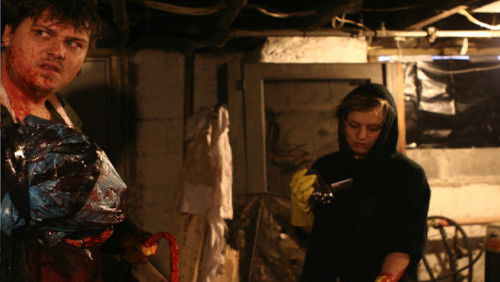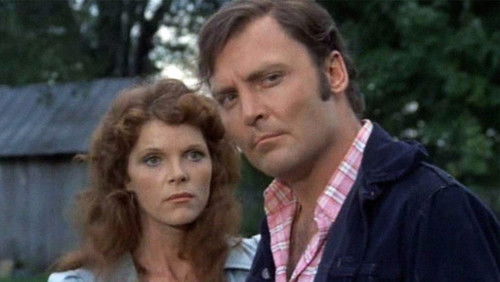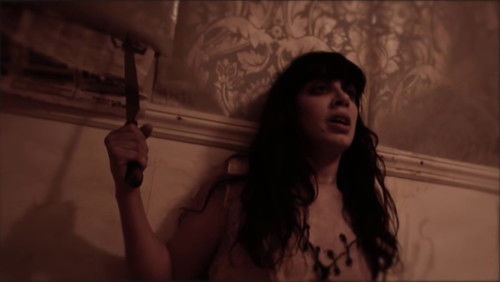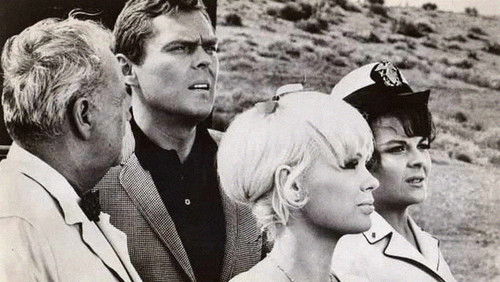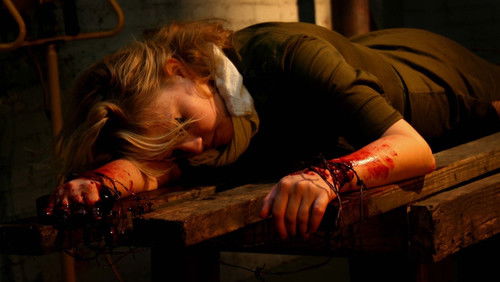Das Phantom der Oper (1925)
37KDas Phantom der Oper: Directed by Rupert Julian, Lon Chaney, Ernst Laemmle, Edward Sedgwick. With Lon Chaney, Mary Philbin, Norman Kerry, Arthur Edmund Carewe. A mad, disfigured composer seeks love with a lovely young opera singer.
“THE PHANTOM OF THE OPERA (Universal, 1925), directed by Rupert Julian, from the celebrated novel by Gaston Leroux, stars Lon Chaney, the legendary u0026quot;man of a thousand faces,u0026quot; in what is hailed to be his most famous movie role, as well as one of the most bizarre presentations of his thousand faces ever shown on screen.u003cbr/u003eu003cbr/u003eHailed as a horror movie, THE PHANTOM OF THE OPERA is actually a mystery tale with added suspense that takes place in a Paris opera house believed to be haunted by a mysterious cloaked figure obsessed by one particular girl, Christine Daae (Mary Philbin), an understudy, whose main interest is her love for Raoul De Chagny (Norman Kerry), her fiancé. Christine keeps hearing a compelling voice behind the walls of her dressing room that gives her encouragement to perform. Her career soon takes a turn for the better when the lead performer is u0026quot;mysteriouslyu0026quot; unable to go on and Christine is called to take her place. The voice later summons Christine to the cellar five flights beyond the opera house where she follows this sinister man whose face is covered with a mask. Although she fears him not, Christine becomes very curious about u0026quot;The Phantom,u0026quot; but curiosity gets the better of her when she decides to creep up from behind the phantom and remove his mask, only to get the surprise of her life. The Phantom agrees to release Christine from his underground cellar (consisting of a coffin bed where the Phantom sleeps) at a promise that she not only devote herself to her opera singing, but to never see or speak to her fiancé again. Only after Christine has a secret meeting with Raoul during a ball masque does the Phantom, who shadowed her, to make Christine his prisoner of love.u003cbr/u003eu003cbr/u003eIn true Universal fashion, this Gothic presentation has all the elements of a suspense thriller. From its opening shot shows a cloaked figure creeping about the underground cellar of the opera house. The storyline immediately gets down to basics in which thereu0026#39;s a discussion amongst the staff regarding a mysterious figure roaming about, followed by the sudden appearance of another mysterious character (Arthur Edmund Carewe) walking about the opera house, saying nothing but observing everything. In between these key scenes leading to the purpose of the movie title, there are ballet and opera sequences inter-cutting the plot, along with a stage hand (Snitz Edwards) supplying some u0026quot;comic relief.u0026quot;. This being a silent film, the compositions from FAUST cannot be heard, but are usually heard through the underscoring which accompanies the film. Besides the now familiar story and its just famous unmasking sequence, itu0026#39;s Chaney as Erik, the mysterious phantom, with his skull-like appearance, who makes this one of the most intense characters ever played on the screen. The movie, itself, fails to explore the background to Eriku0026#39;s character, as to why does he choose Christine as his selected one. Only late into the story is it realized, through the investigation in the police records by Christineu0026#39;s fiancé, Raoul, that Erik is not only a self-educated musician having escaped imprisonment from Devilu0026#39;s Island, but is actually insane. Other than being insane, heu0026#39;s a genius, for that he has decorated his underground chambers with certain traps, including a room that can fill with water or become filled with intense heat for his intruders. While Erik being insane might explain certain aspects as his intent to kill certain individuals at the opera house (with one scene finding one man left dangling from a noose), but fails to answer the question, u0026quot;Was Erik born this way or was he a rejected creation of Doctor Frankenstein?u0026quot; u003cbr/u003eu003cbr/u003eSo popular upon its release, THE PHANTOM OF THE OPERA was reissued in 1930, a shorter print with added talking sequences and new orchestral score. Universal remade THE PHANTOM OF THE OPERA in 1943 with Claude Rains; and in 1962 with Herbert Lom, each performed differently from the Chaney carnation, but with some explained detail to the Phantomu0026#39;s background of character.u003cbr/u003eu003cbr/u003eTHE PHANTOM OF THE OPERA has achieved cult status over the years, due to constant revivals, ranging from theaters to television. It was one of the selected twelve movies shown on public televisionu0026#39;s 1975 presentation of u0026quot;The Silent Yearsu0026quot;, hosted by Lillian Gish. During the era of home video in the 1980s, THE PHANTOM OF THE OPERA not only became a public domain title, but consisted of various versions and different scores. The Kartes Video Communications print features no scoring but a different opening introducing Raoul de Chagny (Kerry) and his brother, Philippe (John St. Polis), through title cards, and other scenes detailing the character of Carlotta (Virginia Pearson). Thereu0026#39;s even a conclusion with Christine and Raoul kissing on their honeymoon in Viroflay, a fade-out thatu0026#39;s non-existent in most prints. BLACKHAWK Video, later Republic Home Video, included an excellent organ score (by Gaylord Carter) and clear picture quality of 79 minutes, the standard length of many video copies, but excluding the brief honeymoon closing. This similar print can be found from KINO Video. u003cbr/u003eu003cbr/u003eIn one of the Turner Classic Movies cable TV presentations of THE PHANTOM OF THE OPERA during its weekly Silent Sunday Nights a few years ago, the station, having broadcast with a traditional organ score in years past, presented Halloween night one of the worst reproductions and bad orchestrations ever presented for a silent movie, making this 97 minute version appear endless. Eventually TCM went ahead and a more soothing copy and organ score afterwards.u003cbr/u003eu003cbr/u003eAs it stands, THE PHANTOM OF THE OPERA can be seen numerous ways on video and DVD (at either 97 minutes or longer with orchestral scoring), but itu0026#39;s Lon Chaneyu0026#39;s cloak figure that will remain in lasting memory long after the movie is over. (***)”
